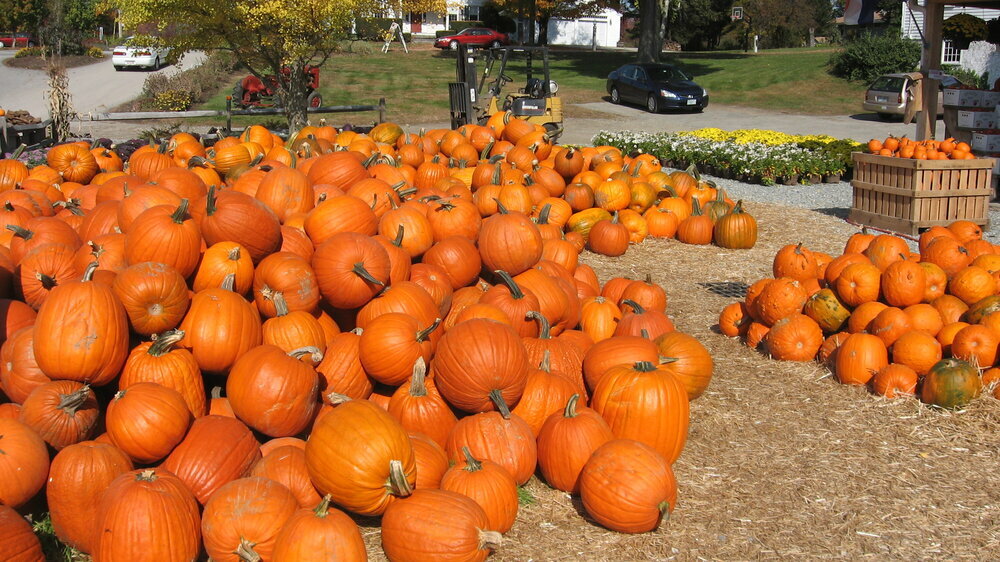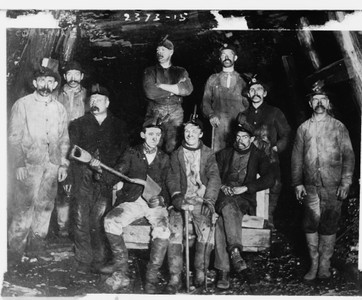Halloween - Foreword: A Coal-Region Halloween
Posted by Edward Moran on May 26th 2020


If, as they say, America is a melting pot, then Halloween is its seething witchly cauldron, a macabre mashup, a hobgoblined hobnob of Celtic mythology, German hexerei, and Transylvanian folklore, with a healthy (or unhealthy) dose of Victorian Gothic and Hollywood horror thrown in.



Growing up in the anthracite coal regions of eastern Pennsylvania in the 1950s, I perhaps experienced Halloween at its combustive core, right at that critical-mass moment of incandescence, when the ways of the old country were still able to beguile if not scare the bejesus out of you. Coal country Halloweens were then pretty much beyond the pale of the larger American culture, uncorrupted by Hallmark store-bought fixins and uppity do-gooders who wanted you to trick or treat for UNICEF. A pox on all of them -- we did Halloween the way it should be done, presided over by blood-orange jack-o'-lanterns gouged out with penknives and illuminated by real wax candles designed to sputter out at midnight. The menacing architecture of the collieries in our little coal-patch towns only ratcheted up the fright factor, with their hulking breakers and rugged tipples looming like ghastly silhouettes against the sky.


On Halloween night in the coal regions, the hours between sunset and nine o’clock were reserved for the pipsqueak trick-or-treaters, pre-adolescent boys in homemade skeleton or devil costumes, girls dressed as ballerinas or pointy-hatted witches. No cross-dressing or gender-bending in those antediluvian days. Promptly at nine o’clock, the colliery whistle sounded its haunting knell, low and sonorous like a dirge from an old hoot owl, signaling it was time for the real mischief to begin, spirited by duck-tailed teenage boys in pegged pants, or, as they were known at the time, juvenile delinquents. Costumes were a cinch, you just went down to the cellar coal bin, smeared some coal dust over your acne-pocked face, and you were good to go. There was a clear line between mischief and mayhem in those innocent times. Soaping windows and egging parked cars was downright tame compared to the whispered rumors of nefarious goings-on in the local graveyards, where still-older adolescents gathered for furtive rituals best left to the imagination.
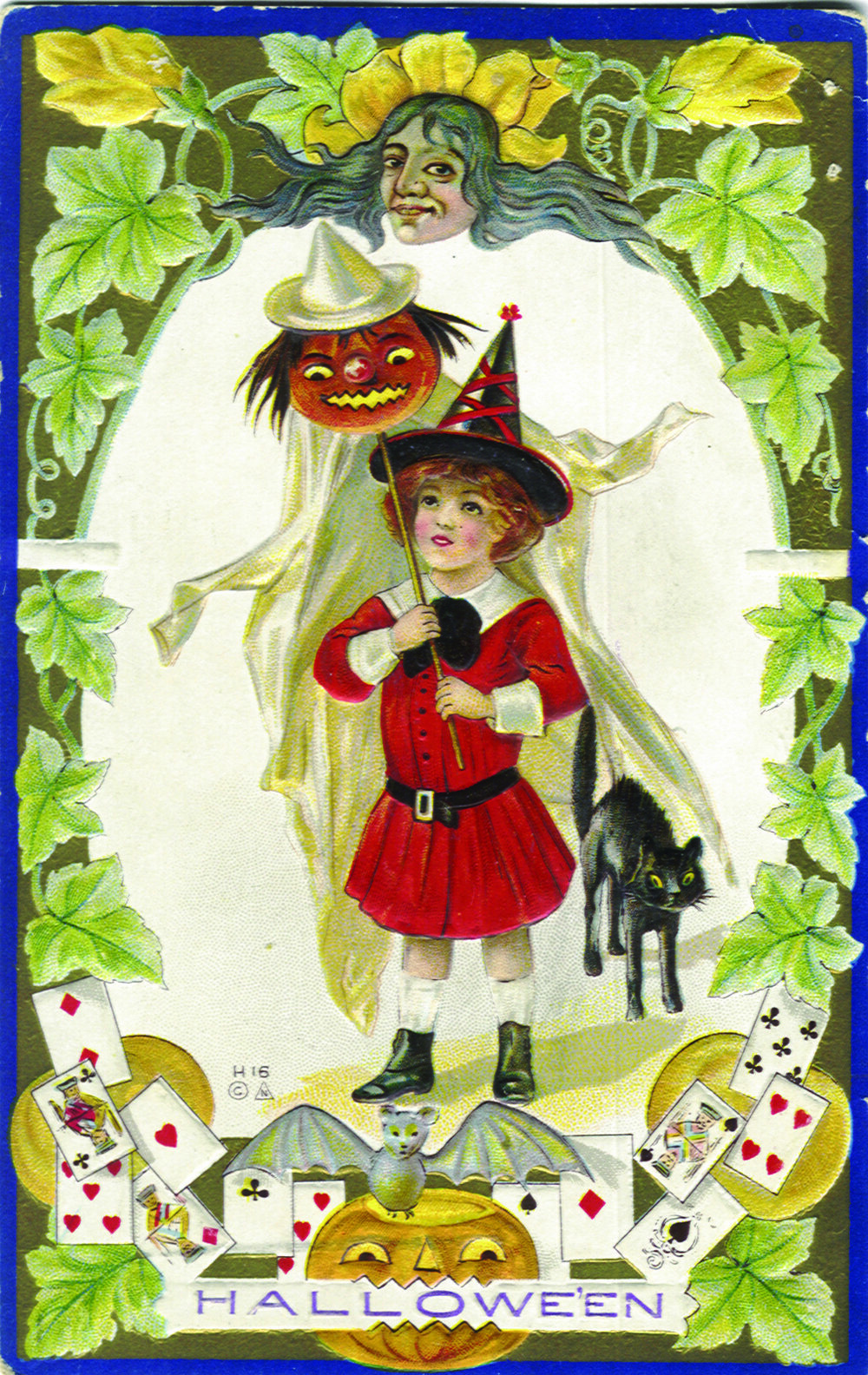
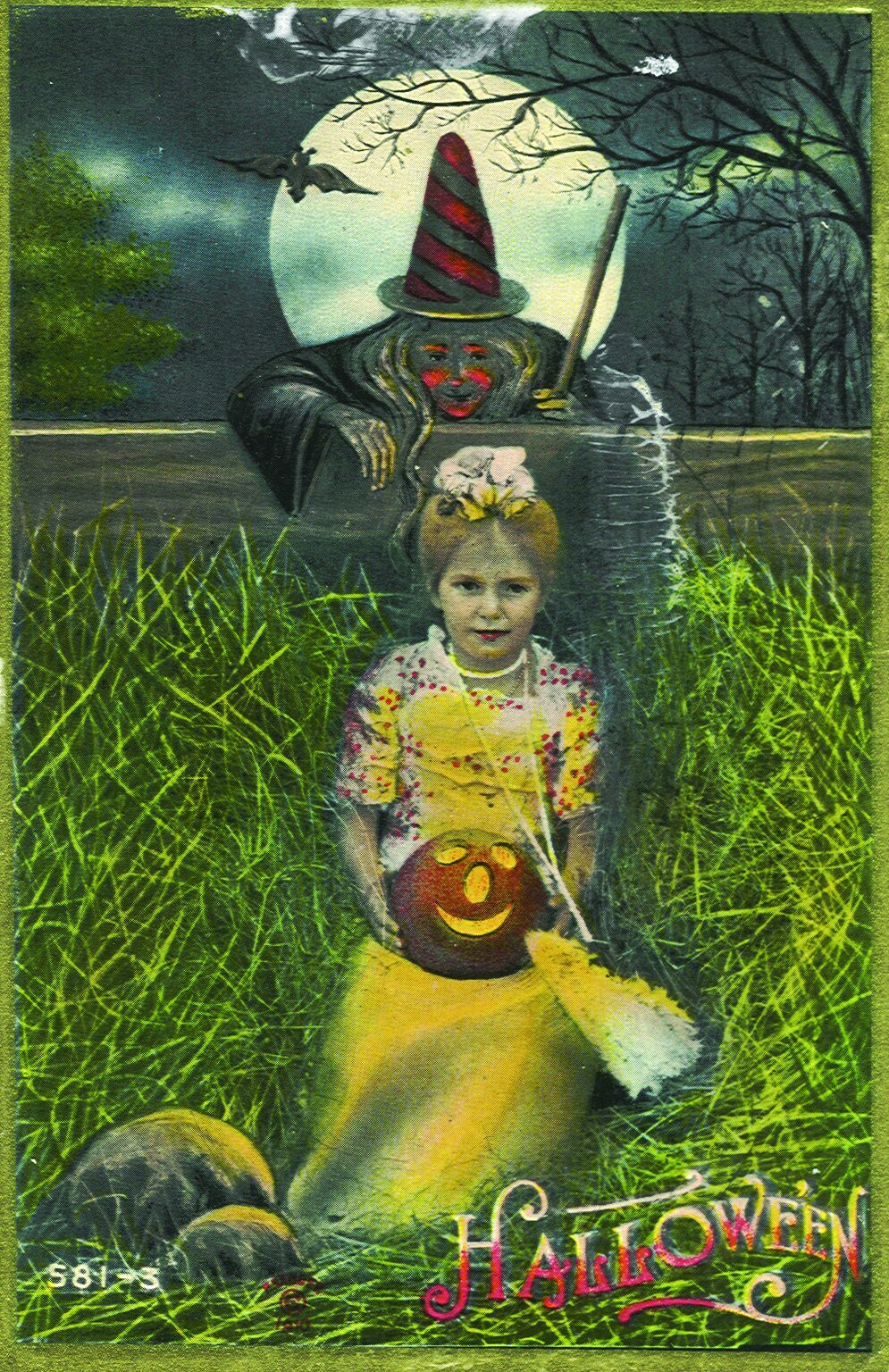
Looking back at these childhood hauntings more than half a century ago, I can at least take pride that we were cultured enough to include a song or a poetry recitation as part of our trick-or-treating rituals. Not like today, where greedy kids storm en masse into stores and predesignated safe homes, demanding tribute like a conquering horde of barbarians as part of their Halloween rituals. We proudly sang for our suppers of candy apples and homemade mozhee, a delectable Karo syrup hard candy peculiar to the coal regions. When I was five or six, in my makeshift bunny costume -- cotton ball for a tail and floured corn husks for ears, I remember reciting “Here Comes Peter Cottontail” even though it was really an Easter song. By the time I was nine or ten, I had graduated to the “Double Double Toil or Trouble” chant of the witches in Macbeth -- yes, we were poor and undereducated, but Shakespeare was not dumbed down for us.

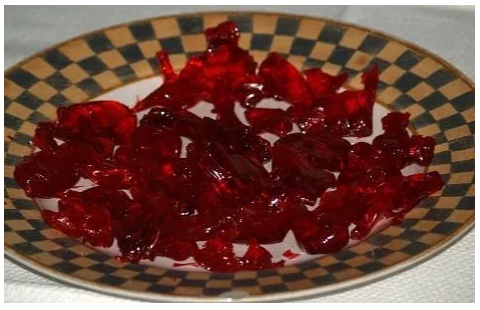
Note from a budding writer: I think I was most fascinated not so much by the pranks and shenanigans of my peers, but by the fact that the two words most associated with October 31 were unashamedly queer in their own right. I am speaking, of course, of “Hallowe’en” and “jack-o'-lantern.” Few other words in the vocabulary of my childhood were so replete with punctuation marks, as though the language itself was putting on a costume, dressing itself with stray apostrophes and hyphens for the occasion, sending a presentiment of anxiety to people who like their language neat and squeaky clean. Even today, decades later, I experience a frisson of anxiety when I see these words in print, and I hope you do, too. I have, however, bowed to contemporary usage and use the contemporary spelling of Halloween throughout, except in direct quotations.
